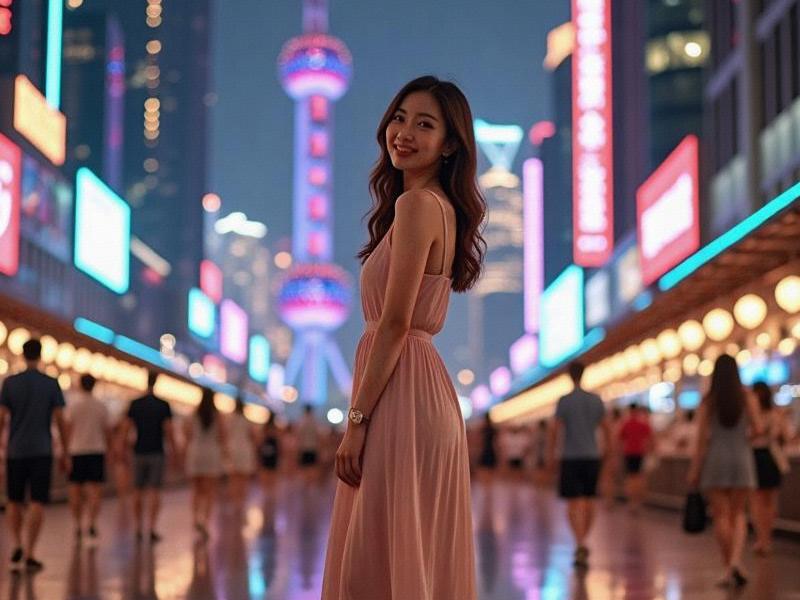This in-depth feature explores how Shanghai women are creating a unique blend of traditional values and modern independence, establishing new paradigms for Chinese femininity in the 21st century.

The morning rush at Shanghai's Jing'an Temple metro station reveals a fascinating sociological phenomenon. Among the commuting crowds, local women effortlessly blend qipao silhouettes with power suits, traditional jade bracelets with smartwatches - embodying what scholars now call "the Shanghai femininity paradox."
1. Historical Foundations:
- The "Modern Girl" movement of 1920s Shanghai
- Jiangnan water town cultural influences
- Treaty port era cosmopolitanism
- Socialist-era gender equality policies
2. Contemporary Manifestations:
- Education: 68% of postgraduate students are female
- Workforce: 42% of senior executives in multinationals
阿拉爱上海 - Entrepreneurship: 38% of tech startup founders
- Cultural Production: Dominance in creative industries
3. Style Evolution:
- "New Cheongsam" movement reinventing traditional dress
- Minimalist luxury consumption patterns
- Skincare-over-makeup beauty philosophy
- Functional elegance in fashion choices
4. Social Impact:
上海龙凤419杨浦 - Redefining marital expectations (average marriage age: 30.2)
- "Double Income No Kids" phenomenon
- Female-focused urban infrastructure
- Changing parenting norms
"Shanghai women have created a third way between Western feminism and Asian traditionalism," observes gender studies professor Dr. Zhang Mei. "Their version of empowerment incorporates filial duty, career ambition, and personal fulfillment equally."
Economic Indicators:
- 58% control household financial decisions
- 72% premium beauty market consumption
上海喝茶服务vx - 3.2x national average in female luxury spending
- 41% of property purchases made independently
Challenges Remain:
- Persistent "leftover women" stigma
- Workplace glass ceiling in certain sectors
- Balancing multiple social roles
- Aging population pressures
As Shanghai solidifies its position as Asia's leading global city, its women continue to craft an influential model of modern Chinese femininity that resonates across generations and borders.